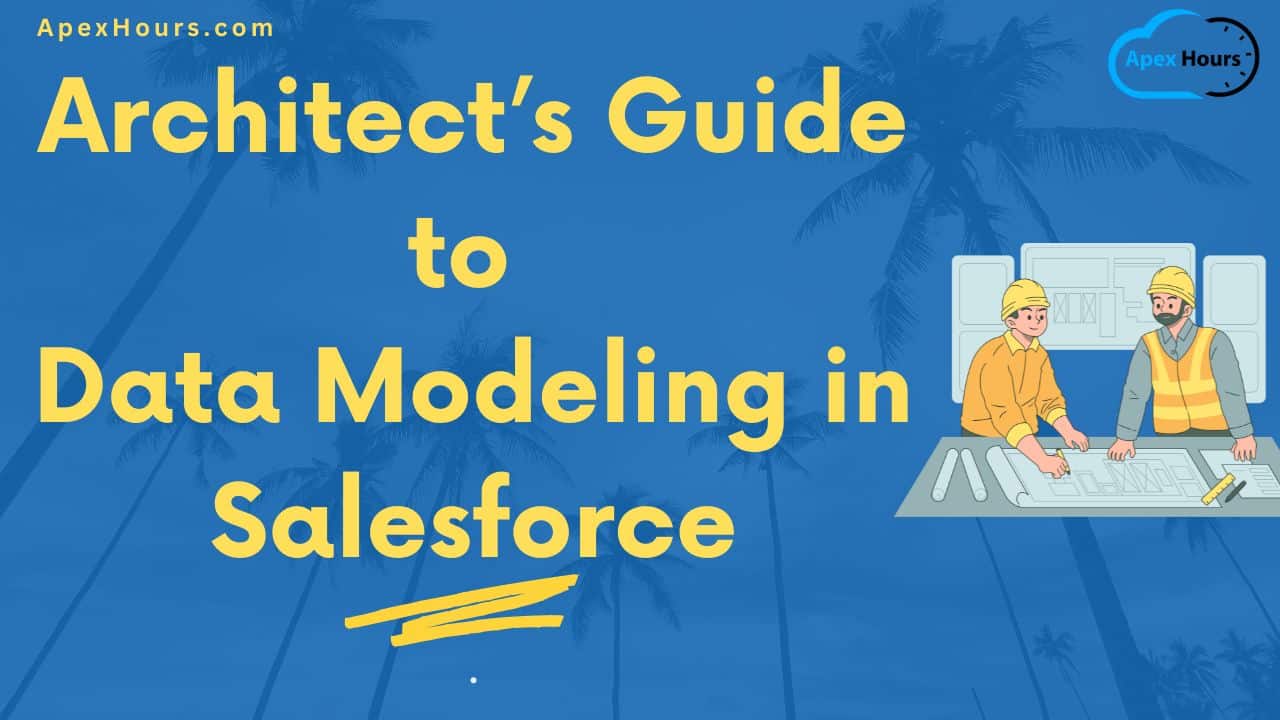A well-designed data model is crucial for system scalability. Learn to identify patterns and anti-patterns related to data modeling and understand use cases for normalization and denormalization. Check out our session, Architect’s Guide to Data Modeling in Salesforce.
Importance of Data Modeling
The Data Model is the foundation of your solution. A bad data model will result in:
- Technical debt
- Missing out-of-box features
- Negative impact on other technical areas i.e. integrations, security, user experience
- Increased license & project cost
- Unhappy stakeholders!
Types of Objects

Check when to select a standard object vs. a custom object guide.
Decision Making

Solution Patterns for Custom Objects

Data Governance Considerations
Foundational Principles beyond Data modeling
1. Data Encryption
- Certain industries and regions may have strict guidelines re encrypting sensitive data in terms of Personally Identifiable Information (PII), Protected Health Information (PHI)
- Leverage the Salesforce Shield Platform Encryption to encrypt your data at rest.
2. Data Masking
- Sensitive nature of the PII, PHI data in Industries such as Financial Services & Healthcare is high.
- Sandboxes with unmasked sensitive customer data can be risky & can be exploited by the Developers.
- Consider leveraging Salesforce Data Mask as a solution to mask & anonymise data in Sandboxes.
3. LDV / Archival
- Calculate the data volume of your use case to see if you are at risk of hitting LDV thresholds.
- Consider indexing, tuning queries, denormalization, archival, and leveraging any commercial solutions to improve your data strategy.
4. Backup / Restore
- Don’t forget about data backup and restore for business continuity.
- Consider Salesforce Backup & Restore or third party solutions for these use cases.
Learn more about data backup in Salesforce.
5. Governance
- Regularly maintain the data model which you have built, do not let it fall apart.
- Set up data governance bodies & processes to ensure that your data is relevant & stored efficiently.
- Document & distribute your data model, data dictionary, and meaningful descriptions of objects/fields.
6. Compliance
- Consider relevant compliance regulations when designing data models.
- Leverage Consent Management objects, data classification, and 3rd party solutions such as Odaseva or Transcend Data Privacy to align with your industry policies.
Thanks, Georgii Saveliev & Tuan Abdeen, for a great session on Architect’s Guide to Data Modeling in Salesforce.





